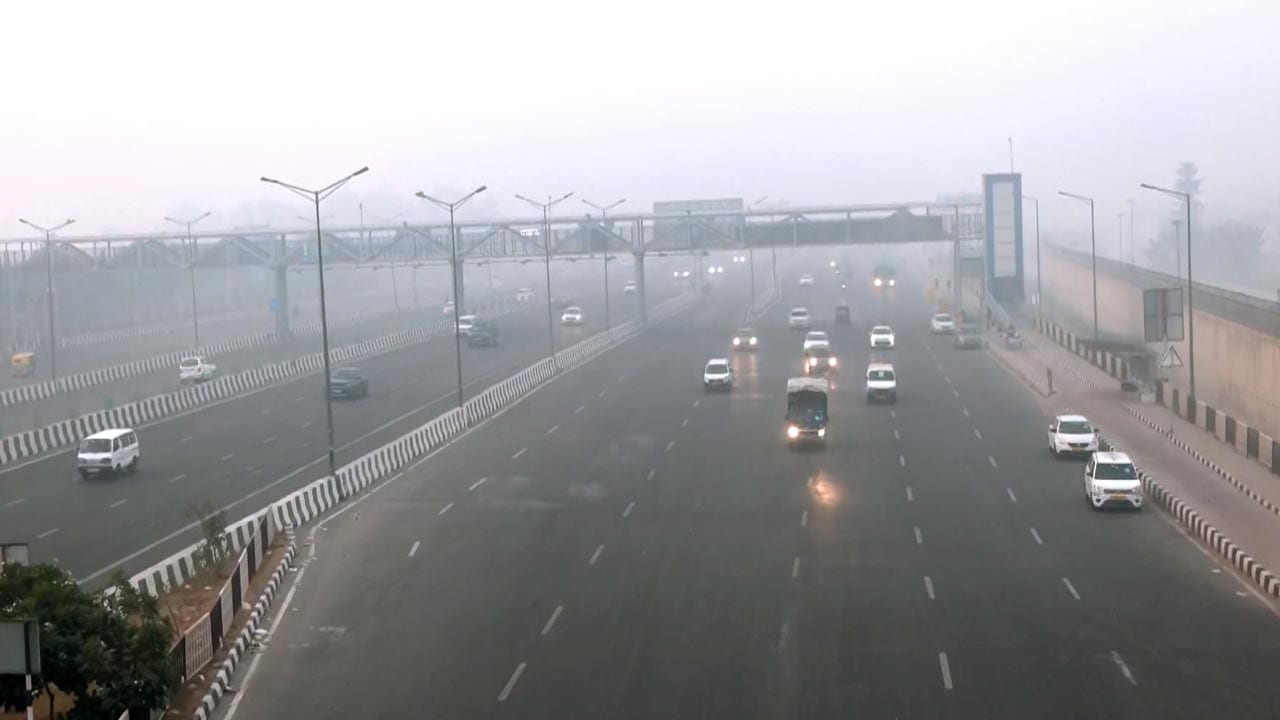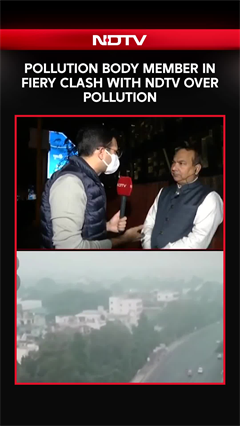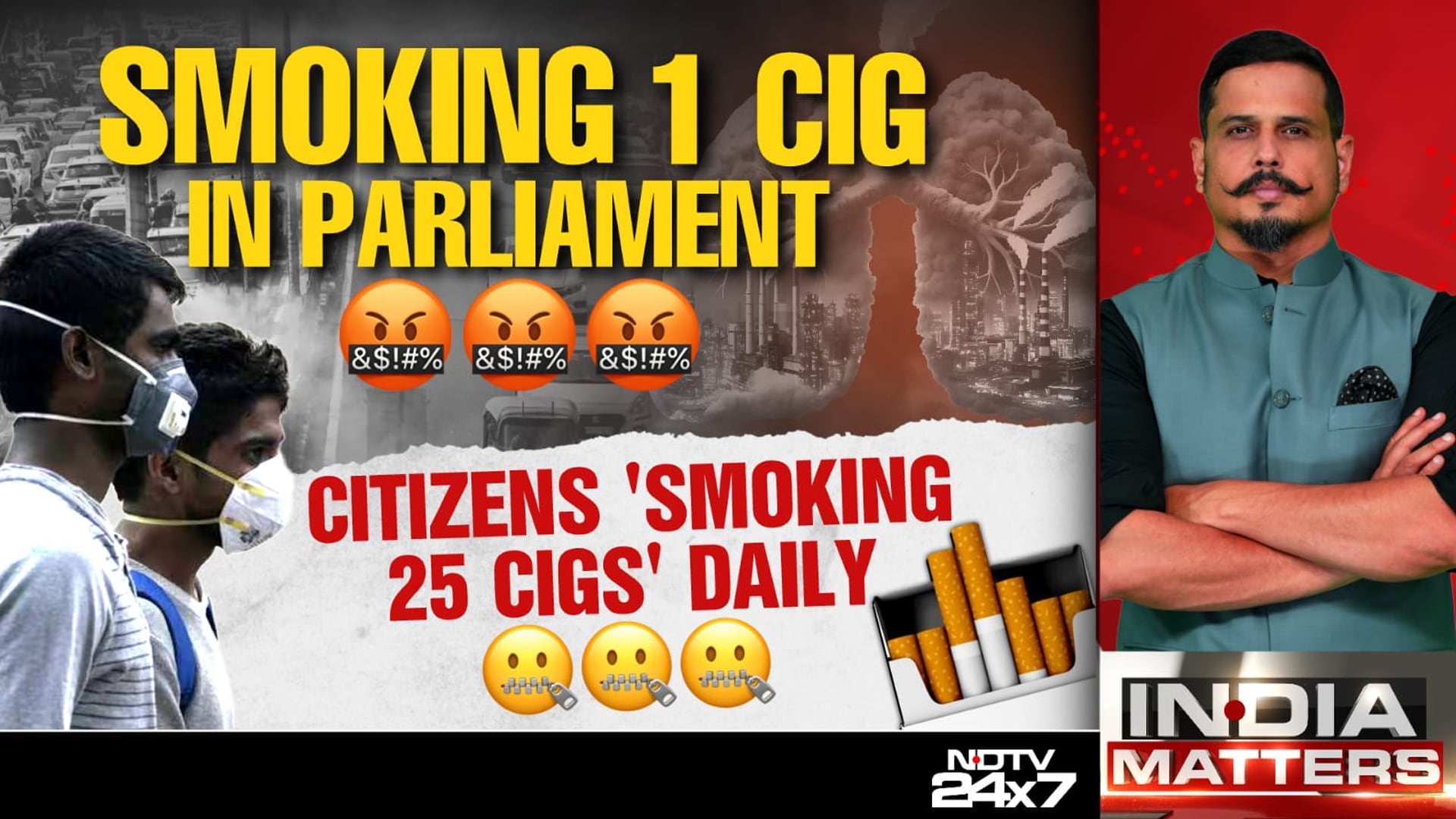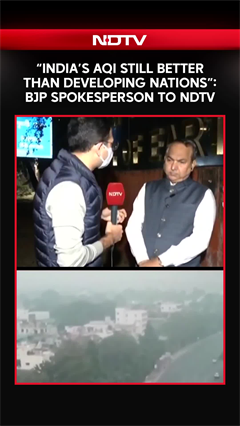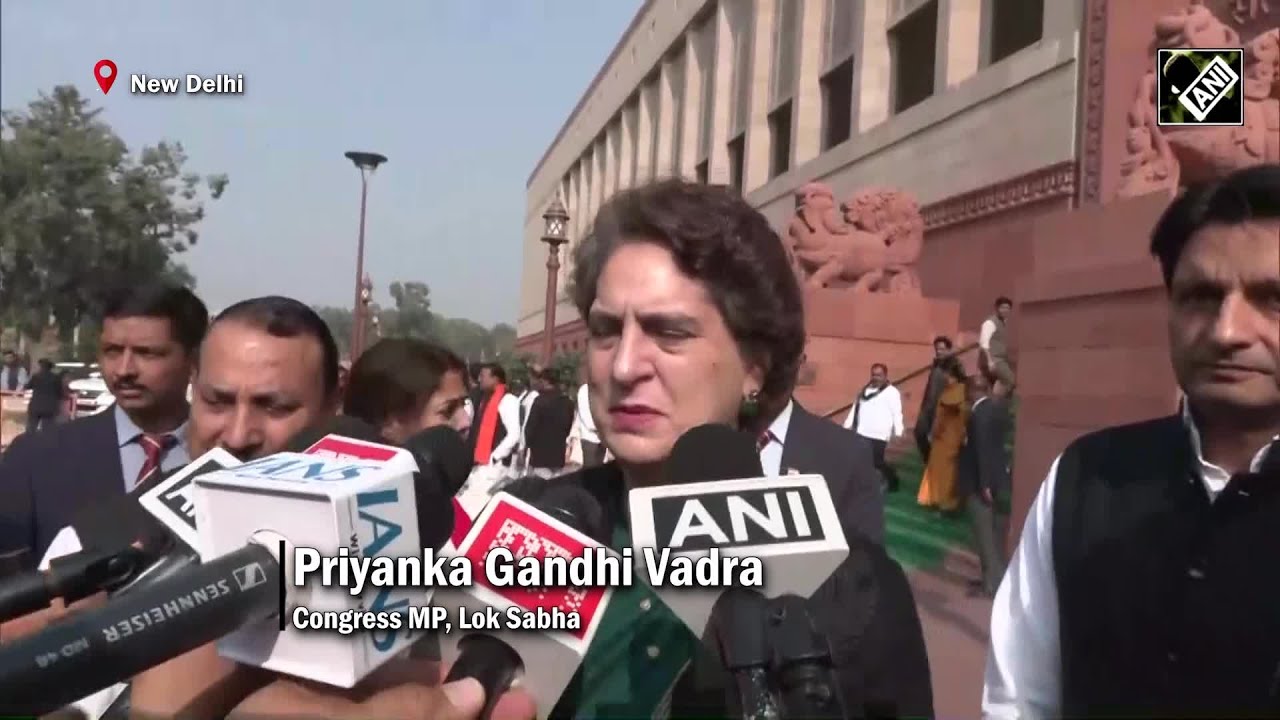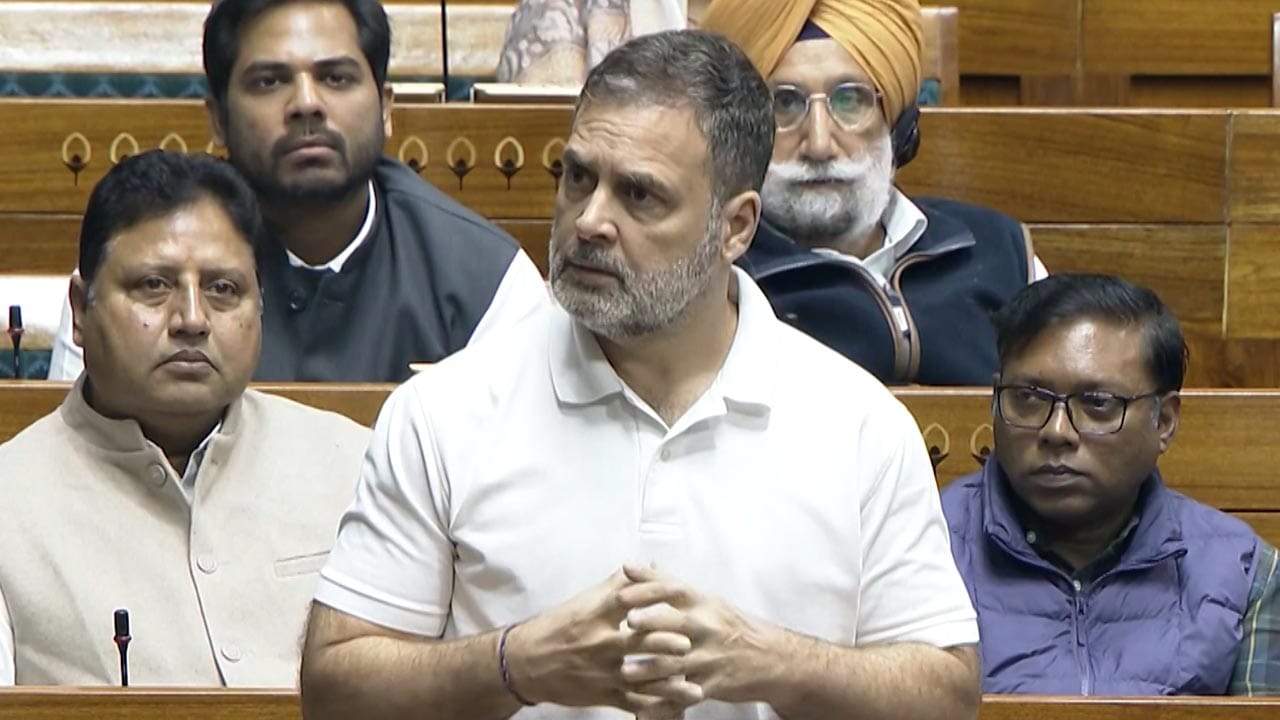- Home/
- Explained: Why Delhi's Air Remains Toxic Despite Drop In Farm Fire Cases
Explained: Why Delhi's Air Remains Toxic Despite Drop In Farm Fire Cases
Delhi is covered in a thick layer of smog as the air quality remains in the 'Severe' category. Despite a drop in cases of stubble-burning in Punjab and Haryana, which is seen as a contributor to Delhi's poor air quality, the AQI is still hovering in the 'Severe' category.
IIT Kanpur, IIT Delhi and The Energy and Resources Institute (TERI) have formulated a real-time source apportionment and forecasting for advanced air pollution management in Delhi. The real-time index calculates the sources of air pollution to help understand the major contributors behind the national capital's worsening air quality.
A three-day data of PM 2.5 or Particulate Matter 2.5, is being considered for reference to understand the major contributors to air pollution in the national capital. PM2.5 pollutants are so small that they can enter the bloodstream, causing adverse health impacts
November 27
Today, the Air Quality Index (AQI) is recorded over 400 in several monitoring stations across Delhi. Biomass Burning or stubble burning remains a big contributor to Delhi's air pollution. Around 22 per cent of all the sources came from biomass burning, but the percentage is less when compared to vehicular pollution at 38 per cent, the biggest contributor today in the national capital air pollution.
The vehicular pollution level was over 200 micrograms/cubic metre between 9 am and 11 am. Office timings and maximum movement of people in that period can be attributed to the spike in vehicular pollution level.
Farmer leaders in Punjab earlier said that vehicular and industrial pollution contributes majorly to Delhi's worsening air quality.
Secondary aerosols are particles such as sulfates and nitrates and are released from vehicles, industry, agriculture refineries, etc. Today, around 26 per cent of pollutants are secondary aerosols.
November 26
The contribution of farm fires or biomass burning, significantly dropped today from 29 per cent on November 26. The dip in percentage and a drop in the number of stubble-burning cases are correlated.
The AQI level in Delhi was recorded to be over 300 at several monitoring stations across Delhi-NCR.
Vehicular pollution and secondary aerosols contributed around 28 per cent and 25 per cent respectively. Construction activities have been banned in Delhi under the stage III of the pollution action plan and have zero contribution to pollution.
The stubble-burning or crop burning season started in late October and biomass burning had a 12 per cent contribution, which increased drastically to almost 30 per cent in November.
Though a spike was recorded, the source of over 30 per cent of pollutants was secondary aerosols and vehicles. The trend has not changed much since July.
November 25
Biomass burning contributed nearly 35 per cent to Delhi's air pollution, the highest in the last three days but has dipped since then. Secondary aerosols contributed nearly 28 per cent and the contribution of vehicular pollution stood at 23 per cent.
On November 25, the AQI level was over 300 in Delhi-NCR and has remained hazardous.
"This is the most polluted November in six years... the problem is known (and) it is your job to control stubble burning. The court's job is not to tell you how to do it. Its job is to make you do your job", the Supreme Court pulled up the AAP government in Punjab and Delhi last week over incidents of stubble burning.
"The farmer is being made a villain... and he is not being heard from. He must have some reason to burn this stubble," the Supreme Court added.
also read
Latest Stories
- Edited by Harshit Sabarwal | Saturday December 13, 2025 , New Delhi
Residents of Delhi woke up to smog on Saturday, with the air quality nearing the 'severe' category. According to data from the Central Pollution Control Board (CPCB), the Air Quality Index (AQI) stood at 390, which falls under the "very poor" categor
- Reported by Shreya Ghosh | Friday December 12, 2025
In a move critics are calling a calculated deflection, the Union government has doubled down on its stance that World Health Organization (WHO) air quality guidelines are merely "guidance documents" and not enforceable rules.
- Press Trust of India | Thursday December 11, 2025 , Chandigarh
The World Bank has approved a financial assistance package of USD 305 million for the Haryana Clean Air Project for Sustainable Development (HCAPSD), a flagship initiative aimed at transforming Haryana into a pollution-free state by 2030.
- Indo-Asian News Service | Friday December 12, 2025 , New Delhi
New Delhi, Dec 11 (IANS) Global air quality rankings cited by various organisations are not conducted by any official authority, the government informed the Parliament on Thursday.
- Reported by Shreya Ghosh, Edited by Srishti Kapoor | Thursday December 11, 2025
The Ministry clarified that it has notified National Ambient Air Quality Standards for 12 pollutants in 2009 to protect public health and the environment, and these standards are tailored to India's specific conditions.
................................ Advertisement ................................
Latest Videos
Opinion
Blog | Well Done, Delhi. You've Turned Lung Sacrifice Into A Badge Of HonourSaikat Kumar Bose
Monday November 10, 2025Till some years back, Delhiites would ask angry questions to those in power about the capitals annual tryst with toxic air. This has changed. Those in the driving seat dont see the need to answer now.
Opinion | Why Indians Have Just Given Up On Air Pollution CrisisTanushree Ganguly
Friday December 20, 2024While some may argue that people in Delhi are now more aware of air pollution than they were a decade back, my rebuttal would be that awareness does not mean that people are concerned.
Opinion | You Must Outrage Over Filthy Air More Than Once A YearJyoti Pande Lavakare
Tuesday December 10, 2024Delhi welcomed us with monsoon rains and mangos. We were home. Fast forward a couple of years, in the winter of 2012, I found myself in denial about something other parents, mostly expats, were calling toxic air.
Opinion | Delhi's Air Pollution Situation Is Like A Bad MarriageNishtha Gautam
Friday November 22, 2024On a good day, such as today, the AQI reading in Delhi is 407. We are jubilant at the sickly sunshine trickling through the slightly dissipated smog. At least its not 1600.
दिवाली... पराली... सियासी जुगाली!Ashwini kumar
Monday November 18, 2024दिल्ली-एनसीआर में प्रदूषण का समाधान तो आज तक मिला नहीं. हर साल चिंतित होकर हम-आप सांसों की तकलीफ के साथ-साथ दिल और ब्लड प्रेशर के मरीज भी क्यों बनें?








